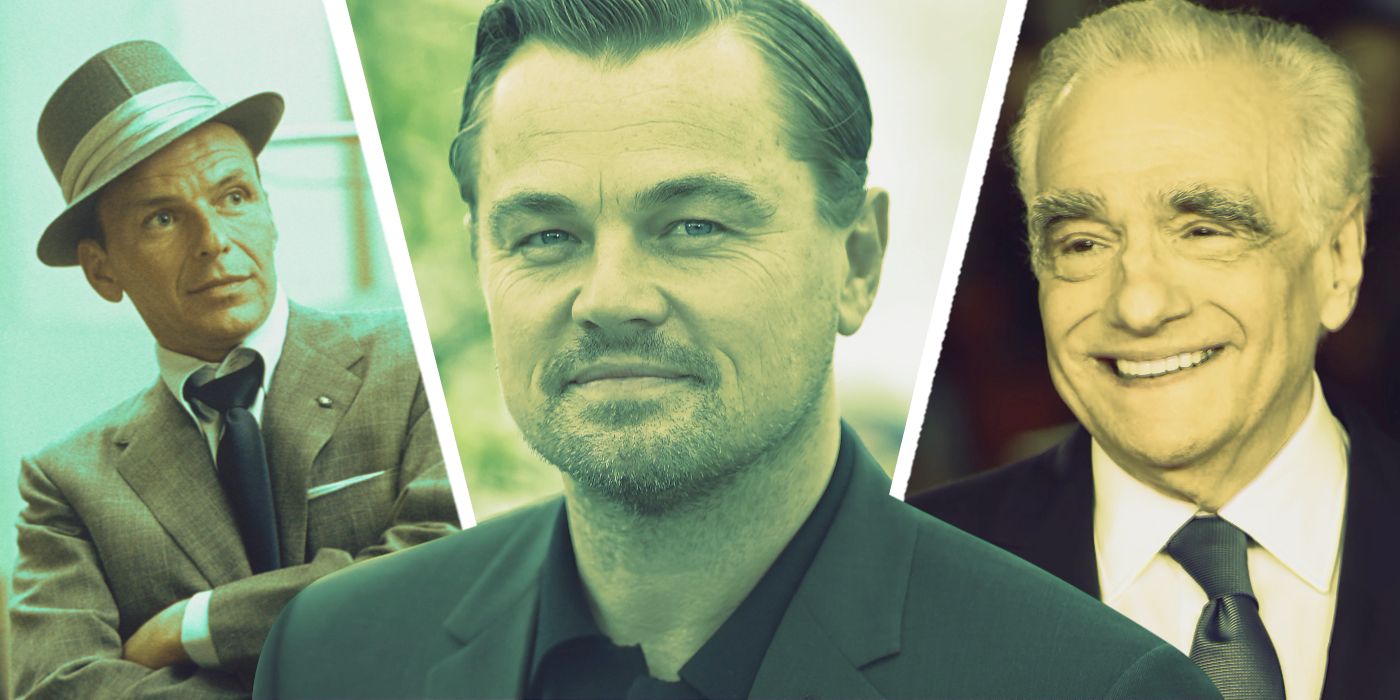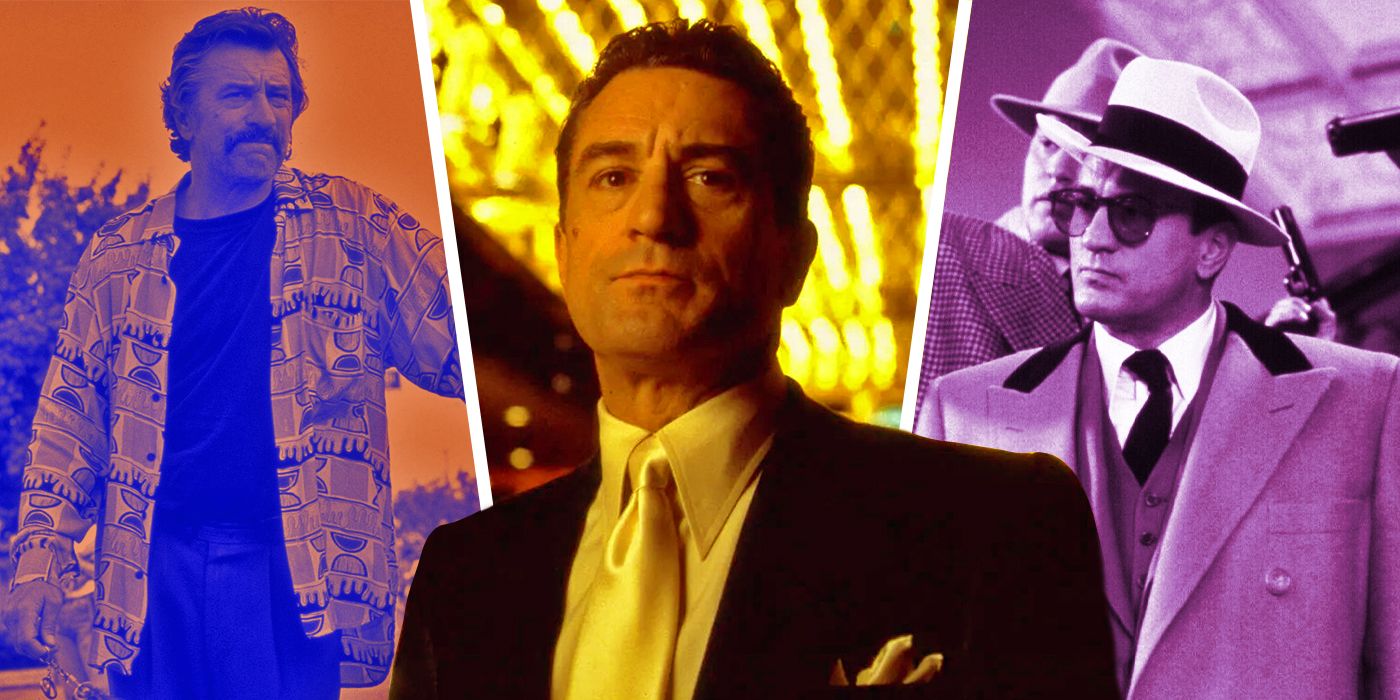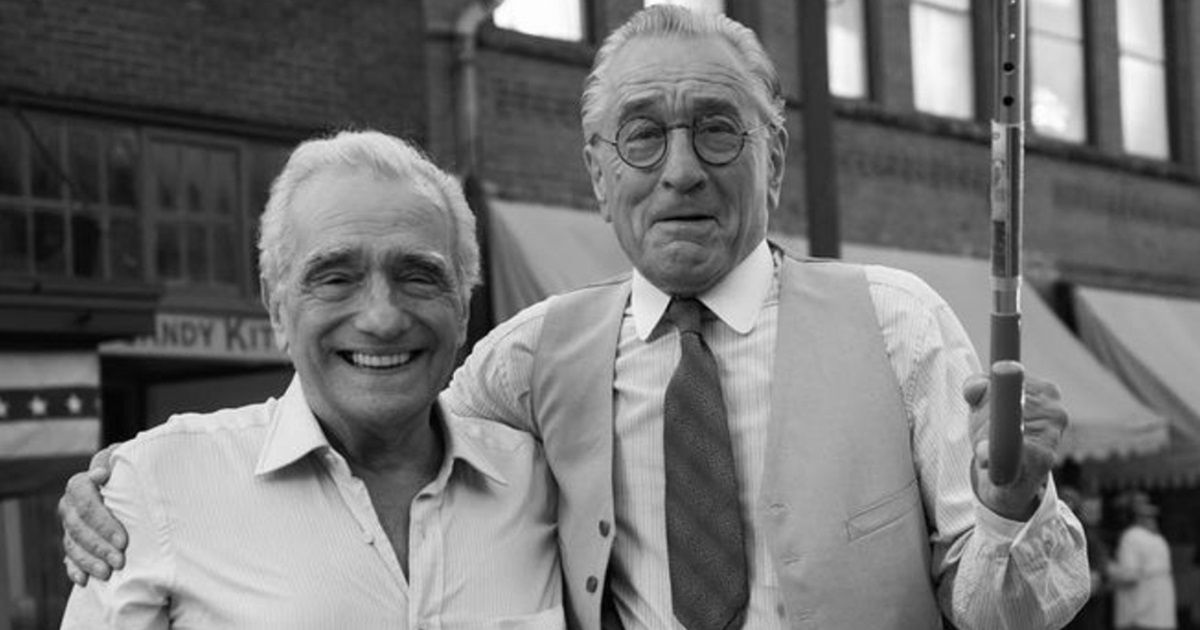Summary
-
Raging Bull
almost never made it to the big screen despite Robert De Niro’s best efforts. - Scorsese was completely disinterested despite having made three previous movies with De Niro, but a life-changing drug overdose would change the director’s life (and film schedule).
- Despite lots of struggles and a lackluster box office reception,
Raging Bull
is now hailed as a cinematic masterpiece.
One of Robert De Niro‘s most beloved films (and the last one he won an Oscar for) is Raging Bull, the 1980 classic directed by Martin Scorsese. It was the duo’s fourth film together and an adaptation of former middleweight boxing champion Jake LaMotta’s 1970 memoir, Raging Bull: My Story. At the time of its release, it was a box office disappointment and received mixed reviews despite eight Oscar nominations, but today it is regarded as a modern classic and one of the best films by everyone involved in its production.
Yet the road to making Raging Bull was difficult, and like the boxer Jake LaMotta, it took plenty of hits in development. During the 2021 Tribeca Film Festival (via SlashFilm), De Niro and Scorsese detailed their difficult time getting the movie made. Here is the story of how it almost didn’t happen, its initial reaction, and how it serves as a reminder that a movie’s story isn’t over after the box office.
Martin Scorsese Didn’t Originally Want to Make Raging Bull
It was Robert De Niro who first wanted to make Raging Bull after reading the novel. He first approached his friend, director Martin Scorsese, whom he had worked with on Mean Streets, Taxi Driver, and New York, New York. Yet Scorsese was not interested in directing the movie, which would eventually earn him a Best Director Oscar nomination. As Scorsese told the Tribeca audience:
“I was interested in anything he’d present to me, but…
I wasn’t affected by the book at all. Also, nothing against sports, but having had severe asthma and [being] told I couldn’t run, I couldn’t do this
, I couldn’t laugh… I was very sheltered and it kept me from any team sports, which is sad in one way, but on the other hand, it made me focus on imagination. I went to a lot of movies.”
Yet Scorsese would change his mind in 1979 after he was hospitalized for a drug-related overdose. De Niro visited his friend in the hospital, and this time, when he pitched the story to him, Scorsese found a connection to the material, as he saw a parallel to LaMotta’s self-destruction mirrored in his own struggles with addiction. “I was lost in a way, so I had to start all over again,” said the filmmaker. De Niro and Scorsese both knew the director could channel his artistic ambition into making this redemptive story that could help Scorsese stay on track. It was also a chance to recover from the box office failure of New York, New York. Everything was riding on Raging Bull.

Related
Why It’s Taken More Than 20 Years for Scorsese to Make His Sinatra Movie
One of the greatest filmmakers of all time has had a harder time than you’d think cracking Frank Sinatra.
Martin Scorsese Believed Boxing Was Boring
Scorsese knew he had to ultimately film the boxing matches, and was intimidated by the notion. While Scorsese was already put off by sports, one of the initial reasons he turned it down was he found boxing, in particular, to be a boring sport. In Peter Biskind’s 1998 book Easy Riders, Raging Bulls, Scorsese once said, “Even as a kid, I always thought that boxing was boring… It was something I couldn’t, wouldn’t grasp.” That didn’t change either after Scorsese agreed to make the movie and did some research by watching a few boxing matches, as he still found them boring.
However, when he decided to film the project, the hurdle he found he needed to overcome was how to shoot the scenes. Past boxing films, including the recent Academy Award winner Rocky, had the camera outside the boxing ring, watching the way a spectator does. Scorsese’s big idea was to put the camera in the ring and let the audience feel like they were the boxers. This was an innovative but costly technique that extended the film’s shoot, as the fights were choreographed like dance scenes and were much more technical.

Related
The 12 Best Robert De Niro Performances That Were Snubbed by the Oscars, Ranked
From Jackie Brown to The Irishman, here are twelve Robert De Niro performances that were overlooked by The Academy.
Trouble Behind the Scenes
Once Raging Bull was a go, the script needed to be reworked. Mardik Martin, who previously wrote Mean Streets, was hired to pen the script, but De Niro and the studio disliked his draft. Taxi Driver screenwriter Paul Schrader was brought in to rewrite the film, which was much more brutal, graphic, and sexual.
While United Artists did like this version much better, in November 1978, chief executives Steven Bach and David Field told Scorsese, De Niro, and producer Irwin Winkler (Academy Award-winning producer of Rocky) that the film’s script could land them an X rating and limit the film’s audience. Scorsese and De Niro would then spend two weeks reworking the script, but their work on the film remains uncredited.

Related
Martin Scorsese Reflects on 50-Year Friendship With Robert De Niro
Killers of the Flower Moon director Martin Scorsese shared details of a tender moment between himself and his long-time collaborator, Robert De Niro.
Raging Bull‘s small test screening went very well, with United Artist Andy Albeck calling Scorsese an artist. Despite the praise, United Artists decided not to distribute the film, and no other studios were interested when they attempted to sell the rights. While United Artists did eventually release the film, it was given a limited marketing campaign, which resulted in Raging Bull‘s disappointing box office. During the production, Scorsese thought Raging Bull might be his final Hollywood film, so he was very protective over it and ensured that it wasn’t compromised.
Time Heals All Wounds
Raging Bull is considered one of the greatest films of all time, but at the time of its release, critics were less kind. It made money, but wasn’t a big hit by any means. Unfortunately, Scorsese would follow it with The King of Comedy, a legitimate box office failure (but an excellent film). The director would enter the wilderness of filmmaking, only to return with probably his most underrated movie, After Hours, which reflected the anxious and difficult previous five years of Scorsese’s career.
Roger Ebert, an early fan of Raging Bull, called it the best film of the 1980s and one of the ten greatest movies of all time. In 1990, just 10 years after its release, it was selected for preservation in the National Film Registry and deemed “culturally, historically, and aesthetically significant” by the United States Library of Congress. In 2005, Time listed it as one of the all-time greatest movies. Raging Bull has been ranked on other ‘greatest films of all time’ lists, such as those by Entertainment Weekly, Variety, and Rolling Stone.
In 2002, Raging Bull tied with The Bicycle Thieves and Vertigo at number six on Sight & Sound‘s poll of the greatest movies ever, and when the directors’ and critics’ lists from that year’s Sight & Sound were combined, Raging Bull landed the most votes of any movie that has been produced since 1975. Despite not being a sports fan, Scorsese’s work on Raging Bull has made it one of the most influential sports movies ever made and one of, if not the most acclaimed in the genre. AFI voted it the Best Sports Movie of All Time, and its influence can be felt to this day.
Pretty impressive for a film that almost didn’t happen.




